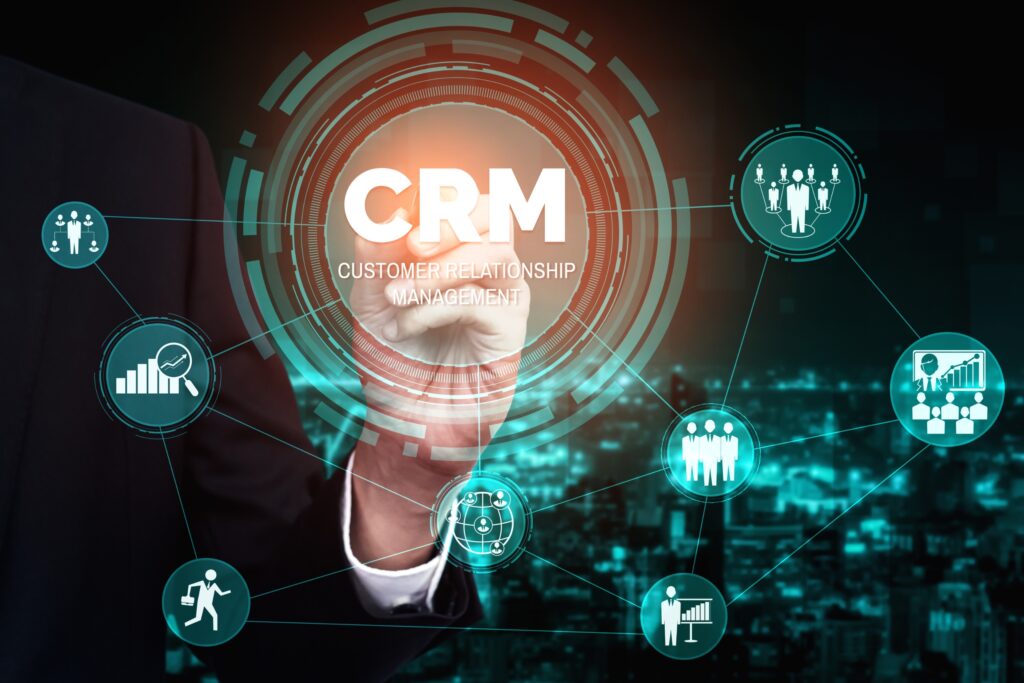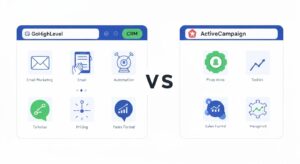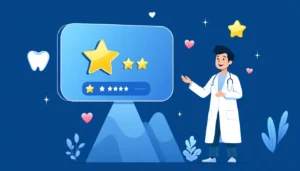Why CRM Templates Save Agencies Time and Boost Consistency

Time is one of the most crucial things an agency possesses. Any process that has to be done again and over again but can be made easier frees up time for more creative work. This includes onboarding new customers, conducting ads, and developing sales funnels. Still, many businesses act like every new customer or campaign is a fresh slate when they conduct their everyday job. This never-ending desire to reinvent the wheel wastes time and produces difficulties that affect the whole firm.
CRM templates for agencies are a better way to work since they help you organize and repeat your everyday tasks. Templates are like a blueprint that makes sure you accomplish every step, from acquiring leads to following up, on time and consistently. They get rid of the practical friction that slows teams down, not things that make them less creative.
Reducing Setup Time
Every new project or client comes with similar foundational steps. Forms need to be created, communication sequences must be configured, dashboards set up, and reporting frameworks defined. Doing all of this manually for each client not only eats up time but also increases the chance of errors and inconsistencies.
When agencies use well-designed CRM templates, the setup process becomes dramatically faster. Teams don’t have to spend hours making copies of forms or redoing follow-up steps anymore. They use a system that has already been built and only change what needs to be changed. Since you won’t have to do the same things over and over again, you can spend more time planning, messaging, and building connections with clients.
Creating Consistency Across Clients
People who work with our company expect us to be polite and reliable. When things at work don’t stay the same, like when to follow up or what kind of report to give, it can be confusing and hurt trust. That is possible with templates, which make sure that each conversation with a client starts on the same strong base.
Standard welcome forms, for example, make sure that every new client has the same clear and well-organized trip right from the start. Follow-up calls are sent at the best times because the order has already been tried and made better. All accounts have the same reporting views, which makes it easy for leaders to quickly look at results.
This level of consistency doesn’t make a firm stiff; it makes the experience smooth and efficient. Clients know what to expect, and teams can offer quality that can be counted on without having to start from scratch every time.
Scaling Without Losing Quality
As companies get bigger, one of the hardest things to do is keep the quality high. When there are a lot of people, things go badly. Some people used to be able to use them without any problems. Teams that don’t standardize get by on memory and hard work, which means they’ll make mistakes.
As a business grows, they help keep things safe. When someone new joins a group, they don’t have to spend time putting together data from various sources. They can do things right away instead. Now that the structure is in place, it’s easy to send ideas, start projects, or write reports. We can make the business bigger without having to slow down or give worse service. Customers will always get the same level of care, even if the business grows.
Empowering Strategic Work
Teams can work on more important jobs that might not get enough attention with the help of CRM templates. When simple tasks are laid out or done automatically, people stop setting things up over and over again and start to think of new ideas. Teams need more time to do things like get to know each other, try new things, and come up with new ideas.
Templates don’t stop people from having new thoughts; they just make it easier to do so. By taking care of business, they make room for strategic thought to grow.
Conclusion
If a company wants to grow, it needs to be organized and work to a plan. You can do both with CRM systems’ models without making things harder. Using CRM templates for agencies may help teams perform less work again and over, make sure every customer gets the same experience, and maintain standards high even as they expand.
These models are most helpful when they help you think about broad concepts instead of little activities. Agencies don’t start from scratch every time. Instead, they use a system that has been tested and proven to work better for both speed and quality. This builds an edge over time, leading to faster setups, fewer mistakes, better clients, and a team that can focus all of its efforts on getting results.




